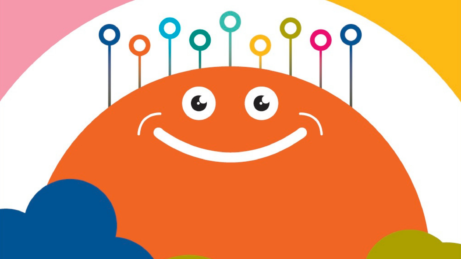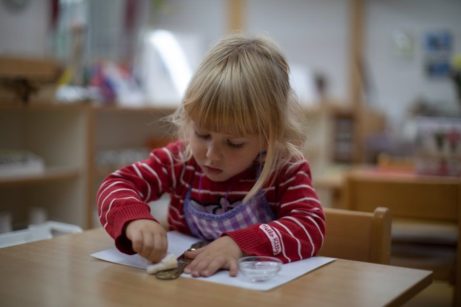Bilingual – what is it and do we need it?
Let’s get the terms straight first.
Bilingualism, what exactly do we mean by that? A bilingual person is someone who speaks two languages equally well.
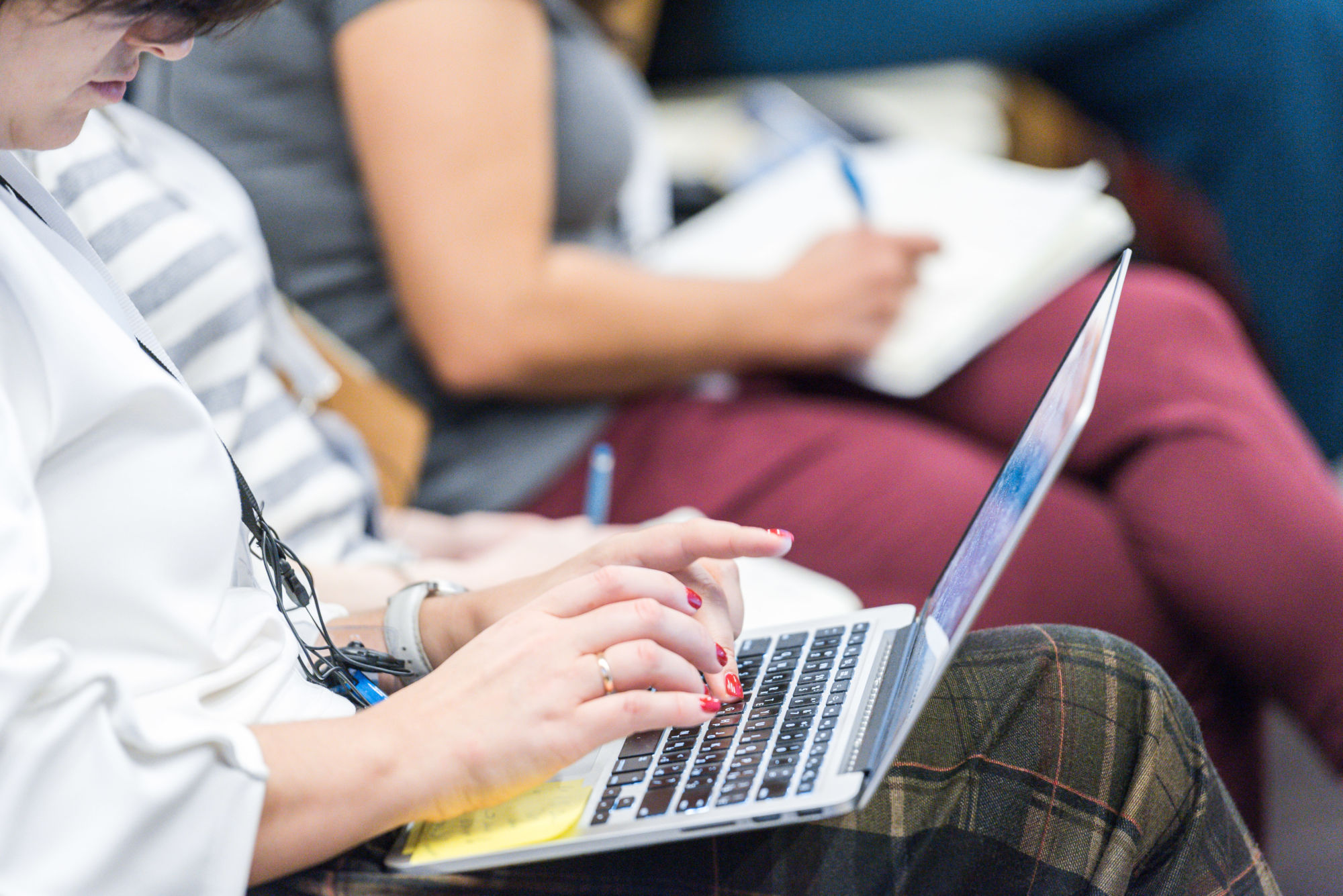
You can become bilingual by being born into a family where two languages are spoken. You can also become bilingual later in life, if you, for example, move to a foreign country, but also by studying your second language a lot.
But then, of course, the older you are, the harder it will be…
Bilingual education. What is that? Bilingual education is an umbrella term for many types of programs in which two languages are used for instruction. Dual Language Education is an effective approach to developing language proficiency and literacy in a primary and a partner language. Says Wikipedia.
And, bilingual schools. What are they???
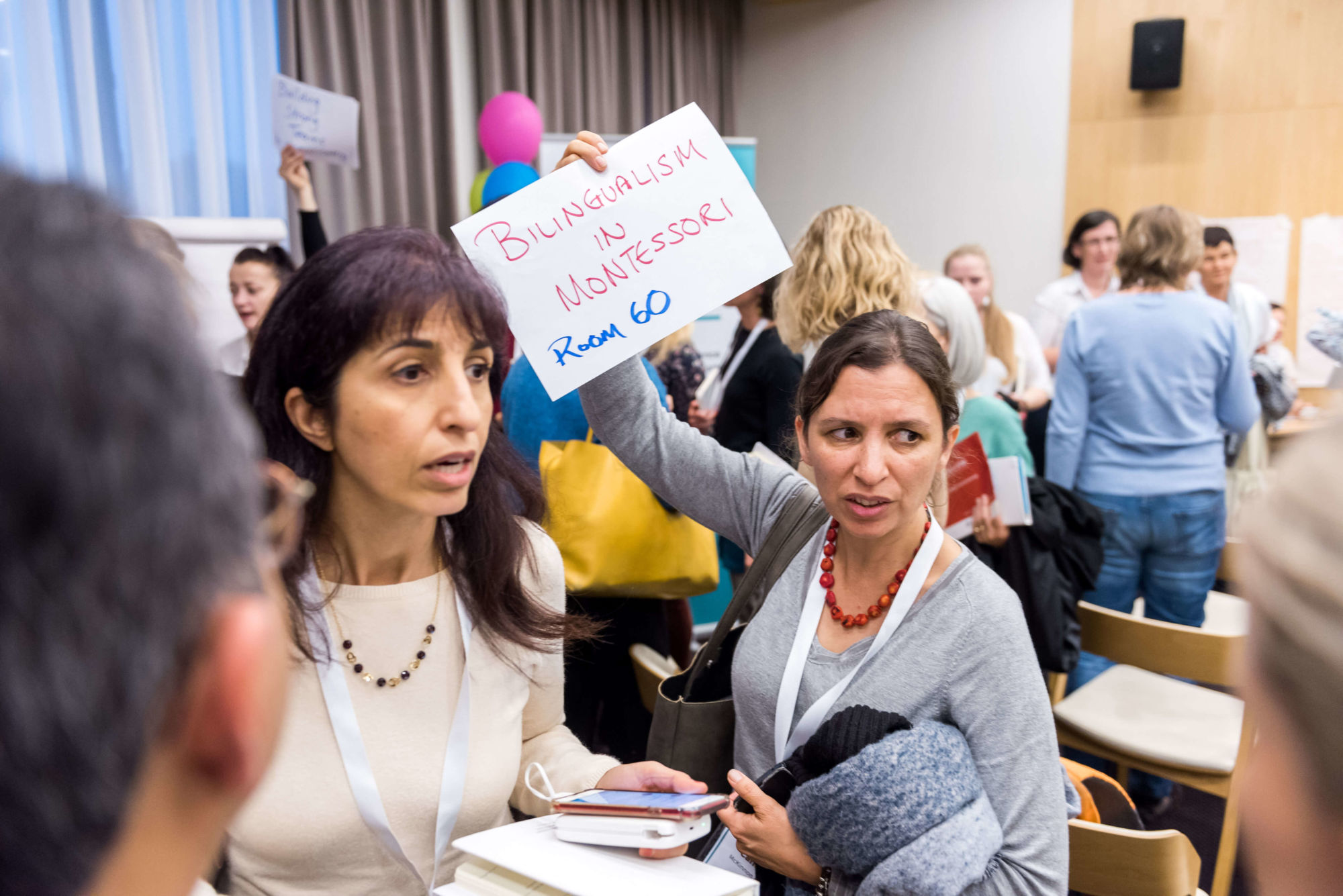
In bilingual schools, the second language is not an academic subject. The second language is not taught, it is used to teach the knowledge. So, in practice, in the Czech Republic for example, this would mean that children are taught in Czech, but they are also taught the same information in English. Children don’t take it as a lesson of English, they percept the same content in both languages, Czech and in English. This is one way.
Another way is that there are two teachers in the classroom. One speaks Czech. The other one speaks English. One person, one language approach. Many Montessori schools use this system.
There is also something called an “immersion way”. The student population in the classroom consists of students speaking two languages. And two languages are used for instruction.
Is your school aiming to be bilingual? How is your language acquisition program built?
Do you have two teachers in one classroom, each speaking in a different language and giving the same presentations?
Or, do you have an afternoon English program?
Or, does your lead teacher speak native language and your classroom assistant speaks English?
And, do you have a lead person for your language program who works with all of your staff and oversees that the program is built throughout the whole school, from toddlers to adolescents, consistently and with a clearly defined goal?
Or are you trying this and trying that hoping that your students will speak English well enough, that parents actually do not start asking what is the concept behind your language program?
Is there a concept behind your language program :)?
It is one thing to want to build a bilingual or multilingual Montessori school, and it is a completely different story to actually dig into the work and realise where all the challenges are, right? Been there, done it. In our school we are just starting this advanced work.
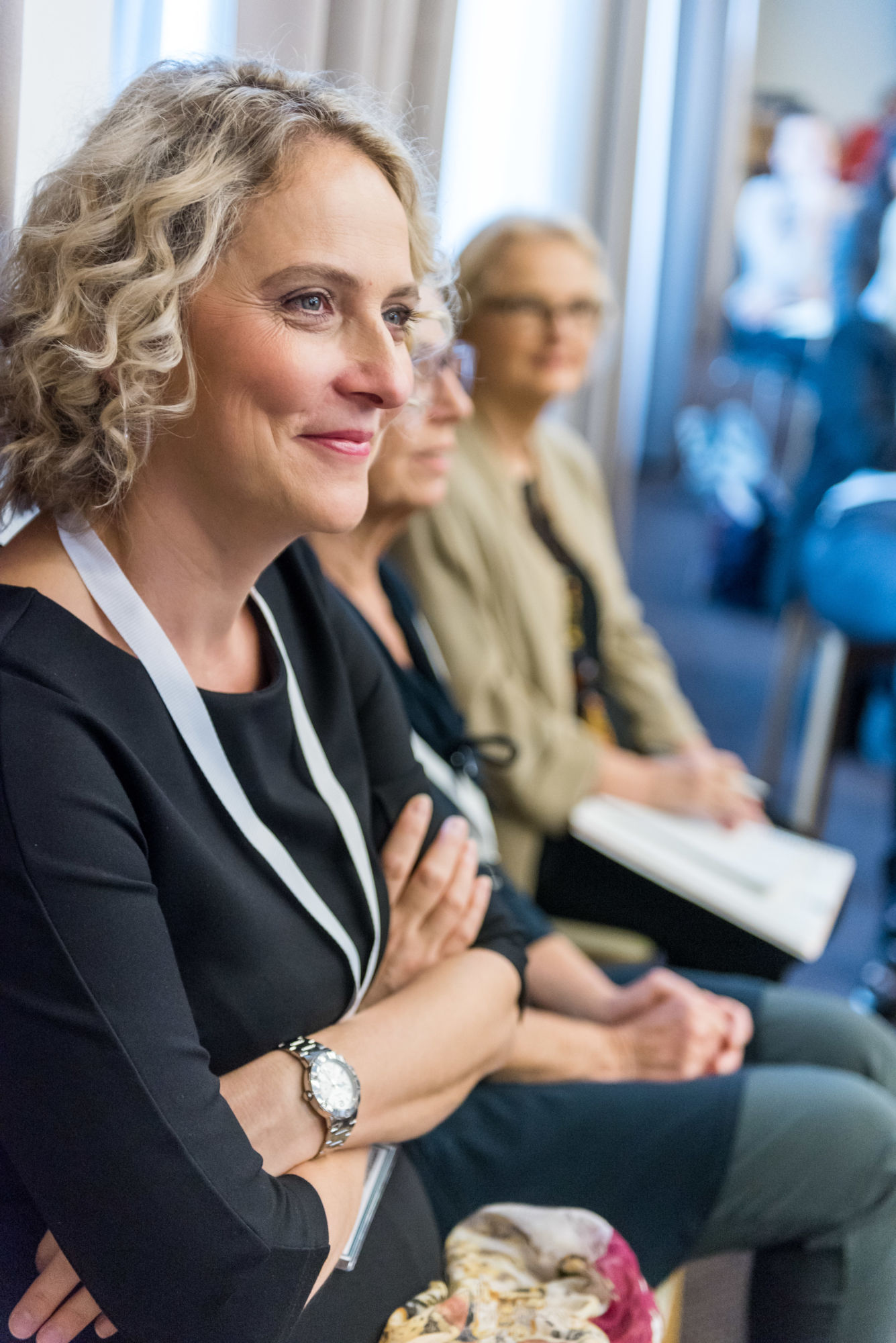
The most important is that we, leaders of Montessori schools, know that strong language skills provide our children foundation for all of their learning.
Multilingualism develops our brain, it improves focus, abstract thinking, task switching, critical thinking, ability to collaborate. It allows us to look at the world and life from new perspectives. It is the base for creating diversity in society. Plus, when we know one second language, all other languages will be easier for us to learn.
Children in our schools should have natural exposure to as many languages as possible since the youngest age and we really need to think through how we will build our language programs.
Bilingual brain means a lot of benefits:
No child should be left monolingual.
So, let’s dig into the work, right?
– Miroslava Vlčková
We have great news for you. A very special series of webinars is coming up, led by Marikay McCabe, and supported by Lead Montessori.
Series of Webinars – “Second Language in Montessori Environments”
March 4, 11, 18, 25, 2020
by Lead Montessori
Register for a FREE Webinar in ZOOM, March 4, 2020!
Join us, and let’s set off on a journey towards Bilingual Montessori Schools all over the World!
